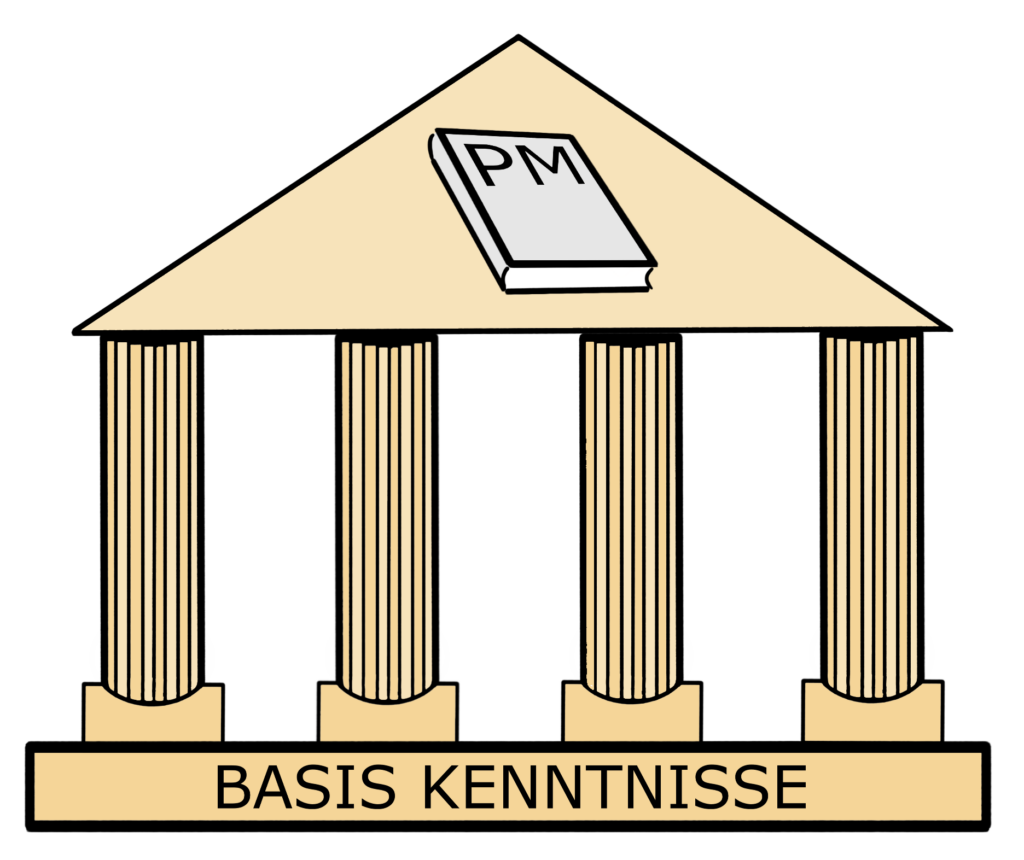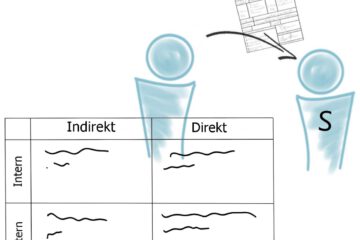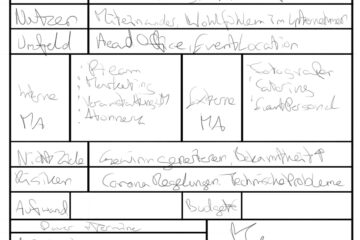
Table of contents
- What constitutes a project
- How do I put together the right team?
- What does a project brief contain?
- What has to be a part of my field analysis?
- How do I build up a detailed opportunity and risk analysis?
To get started with PM, we first need to understand what project management is. It is generally defined as:
“Project management is the totality of management tasks, organizations, techniques and means for the initialization, definition, planning, control and completion of projects”.
What constitutes a project?
Not all orders can be planned as a project. Linework deals with the tasks of regular operations. These are mostly standardized processes and repetitive tasks. The goal of linework is to optimize commonly known tasks. Project work, on the other hand, deals with innovation processes.
The first step is to define whether the given task is suitable for project work. The following factors must be fulfilled:
- Scheduled (it has a clear beginning and end)
- Limited resources and/or budget
- A clear defined goal
- Uniqueness
- Usually involves a certain amount of risk
- It has a client and a customer
- It is organized in a project-specific way
If these requirements are met, your project can be started. The first step is initialization. Here, the team is put together, a project profile is drawn up and initial analyses are carried out (environment, opportunities and risk analysis).
How do I put together the right team?
In a project team, different employees are required, depending on the demands. In general, these can be identified from the project scope. In addition to the respective specialists, a role allocation within the project team is necessary. This takes place in the ‘norming’ phase of teamwork. In classical terms, teamwork is divided into 5 phases: Forming, Storming, Norming, Performing and Adorning.
What does a project brief contain?
The project profile is a one-page brief overview of all the essential information about the project. At the top are the project name and number, as well as the client and the name of the project leader. After that, the information on the content begins. A brief description of the project, the most important objectives and non-objectives, the motivation and benefits, the project environment, special features and risks, and the names of those involved in the project, including the project team and other external participants. In terms of numbers and deadlines, the project duration must be included, as well as the deadlines with the naming of all milestones and an estimate of the effort in person-days and the budget in euros. The signature of the project management and the project sponsor is classically added to the bottom of the profile.
What has to be part of my field analysis?
The field analysis serves to identify and classify all stakeholders of the project.
This analysis is classically presented in tabular form. Horizontally, a distinction is made between ‘factual’ and ‘social’, and vertically between ‘internal’ and ‘external’. This results in four different fields in which the respective stakeholders are placed.
The factual column includes all factual environmental factors and legal paragraphs. The social column contains persons with project functions or indirect influence on the success of the project.
How do I build up a detailed opportunity and risk analysis?
One way to help here is to first carry out a SWOT analysis. This shows the strengths, weaknesses, opportunities and risks of the project team and the project management.
Then it is time for the actual analysis. It is important to describe each risk according to the following categories:
- Cause (Why can it occur?)
- Effect (What damage can it cause?)
- Action (What do we do about it?)
- Handling (When do we do something? Preventive, curative)
- Probability of occurrence (How likely is it to happen?)
- Degree of impact (How bad is the impact on the success of the project?)
- Impact and risk value (value in €)
For the opportunity analysis, one can also first describe the opportunities that emerge from the SWOT analysis. Here the analysis is based on the following criteria:
- Cause (What is the trigger for the occurrence of the opportunity?)
- Probability of occurrence (How likely is it that the opportunity will occur?)
- Measures (What do we do to promote the occurrence of the opportunity?)
- Benefit and opportunity value (value in €)



0 Comments